How to read wine labels
Secretly feeling clueless about how to choose a good bottle of wine? You’re not alone! We decode what’s on the label to help you choose a wine that you’ll enjoy.
We know that staring at shelves full of wine bottles can be intimidating, but the snobbery around the subject can prevent you from asking for help. Unless you’re super knowledgeable, you might play it safe and gravitate to what you know, or quickly grab the bottle with the most award stickers (which is not always an indicator of greatness). Here’s how to use the information provided on the front and back labels to make a good choice.
Brand name
Word of mouth is still the best indicator of a good product. Ask around and get tips from friends. TASTE digital editor, Annzra Denita, always makes a note of wines that intrigue her when eating out. “When my friends introduce me to a good new wine, or I taste a delicious wine at a pairing, I always seek out those brands to see what else I may like.”
Varietal
A wine made from only one grape variety, or cultivar, is known as a single-varietal wine. Varietals popular in South Africa include Pinotage, Merlot, Cabernet Sauvignon and Shiraz (or Syrah) for red wines, and Sauvignon Blanc, Chardonnay and Chenin Blanc for white wines. This is arguably the most important part of the label. As David Cope of Publik Wine Bar says, “it gives the closest indication of what the wine will taste like.”
Getting to know which varietals you like is one of the easiest ways to filter the options. While there will be outliers, each varietal has typical characteristics. For instance, in the realm of reds, Shiraz tend to be more powerful and full-bodied, and most Pinot Noirs lighter. “I like to hedge my bets and go for blends,” says TASTE head of digital, Katharine Pope. “That way I know someone’s had the job of balancing out any overpowering notes, or adding complexity if needed.”
Wine name
Sometimes a wine is named for its varietal, other times it can be given a special name by the producer to differentiate it from the usual range. This is often the case with a flagship wine – for example Meerlust’s Rubicon – which helps build a reputation over time. This can sometimes be an indicator of quality (but also price!) because wine farms only use their flagship name in years when they have exceptionally good harvests.
Estate wine
For a wine farm to be called an estate, it must be registered as such with the SAWIS (SA Wine Industry Information & Systems) governing body. If a wine is labelled an estate wine, this means it has been grown, bottled and produced on the same farm (there are only around 200 registered wine estates in South Africa).
Flavour profile
Everything from the soil and climate the grapes are grown in (terroir), to the type of container (steel tank, wooden barrels, concrete egg) the wine is fermented in, will affect its taste. To help you navigate these variables, many producers include brief tasting notes on the back label. You may also find food pairing suggestions to help you enjoy the wine to its fullest.
Contributing food editor Hannah Lewry says: “I look for specific flavour notes, if it says floral or green peppers I generally stay away but if it says honey or stone fruit I go with it.”
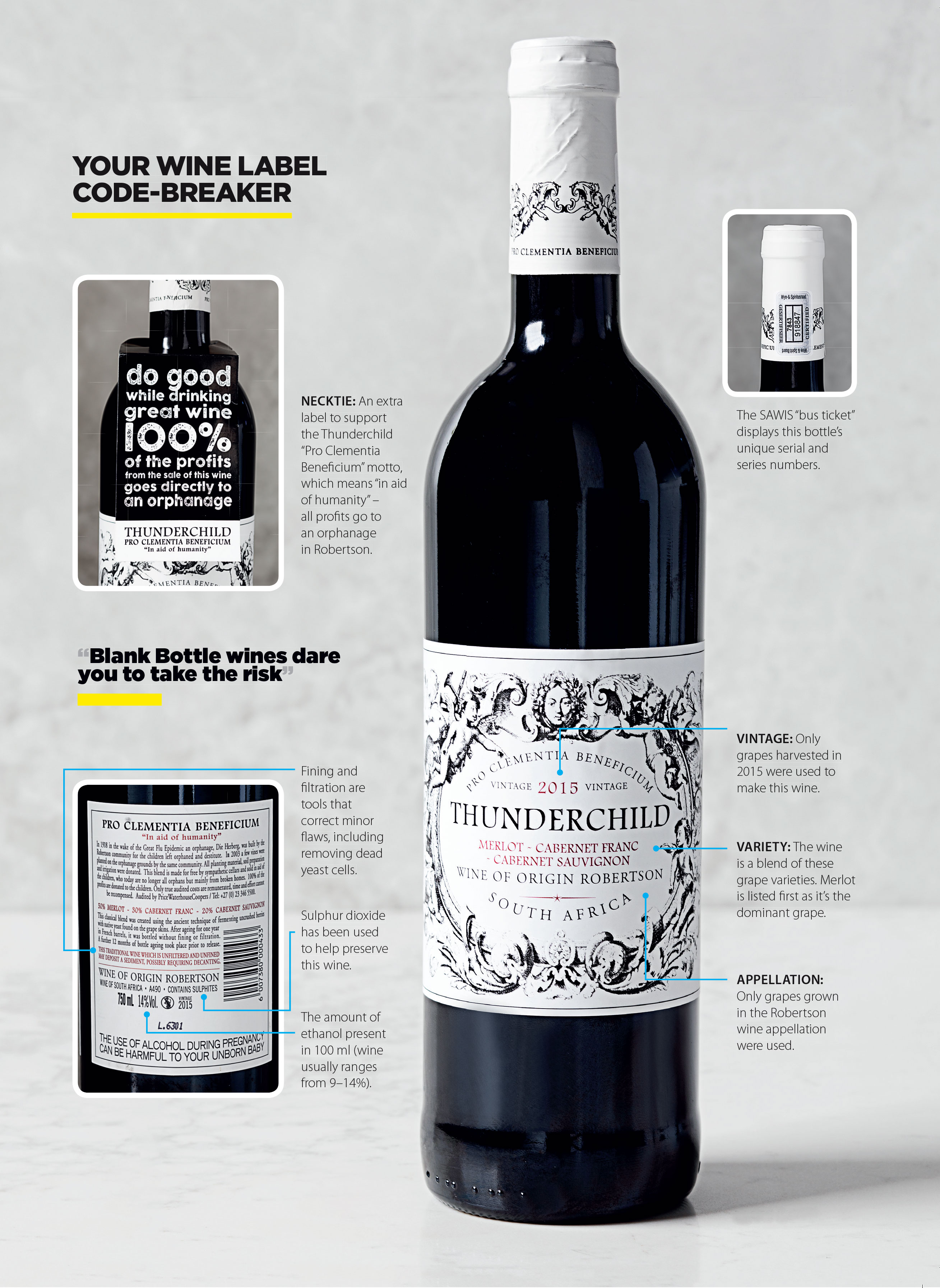
If you’re still working out what your preferences are, start experimenting with the Flavour range at Woolworths, which includes the Lemon & Lime Chardonnay from Neil Ellis and the Passion Fruit Sauvignon Blanc from Diemersdal. Rest assured that flavours have not been added to these wines. Woolworths wine selector Allan Mullins explains: “Diemersdal winemaker Thys Louw is a Sauvignon Blanc wizard and he has achieved the gorgeous passion fruit aroma and taste from the selection of specific vineyards and careful winemaking.”
Vintage
The vintage is printed on the front label and refers to the years the grapes used in the wine were harvested. Due to different weather conditions like the timing of the rain, some years produce better wines than others. For example, renowned wine journalist Tim Atkin says that 2015 and 2017 were exceptional years for South African wine. Then again, as David Cope says, vintage is less likely to matter if you’re looking for a good bottle under R100. He feels vintage is only really useful to experienced buyers looking at high-end wines.
Region
Certain areas are known for producing specific wines, since they have ideal conditions for certain grapes. For example, the cool climate of the Elgin Valley is ideal for producing Pinot Noir, the Breedekloof Valley is establishing itself as the Chenin Blanc capital of South Africa, and Stellenbosch is known for Cabernet Sauvignon. Sometimes the front of the label only states the country of origin, but the exact region (or appellation) should be on the back label. Again, the secret is to discover a region you like and explore from there. As TASTE editor-in-chief, Kate Wilson, says: “I love finding new Swartland wines or wines from near the coast (Hemel en Aarde, for instance) more than the obvious Stellenbosch, Paarl or Franschhoek wines.”
Alcohol Level
Another mandatory inclusion on a label, the percentage on the bottle indicates the alcohol content by volume (ABV). As a general guide, if you like your wine big and bold, go for a higher ABV, and if you want lighter wines, stick to bottles with a lower ABV.
Award stickers
Do take care to read these carefully as sometimes they aren’t awards at all but just a marketing ploy to get you to reach for the bottle. But you can’t really go wrong if you look for awards from reputable competitions such as Veritas and the Michelangelo International Wine & Spirits Awards.
TASTE account director, Kelly Cloete, admits that she tends to choose wine based on the number of award stickers on a bottle, while contributing food editor Khanya Mzongwana says: “I often enjoy wine packaging more than the wine itself. If it’s wrapped in thick paper, or covered in shiny stickers, it’s probably good, right?”
All in all, if you are unsure, overcome your pride and ask for help. TasteTube presenter Keletso Motau says: “I like to ask the staff members in the wine section at Woolies to help me decide which wine to try based on the cultivar I’m looking for and my price preference. They have been a saving grace when trying out new wines.”

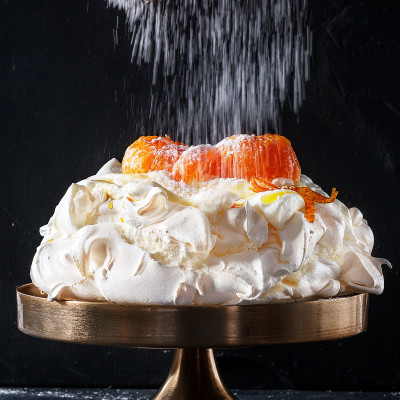
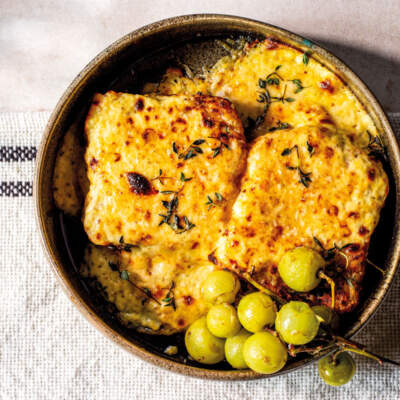
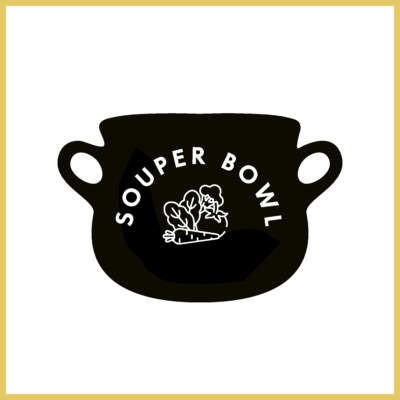
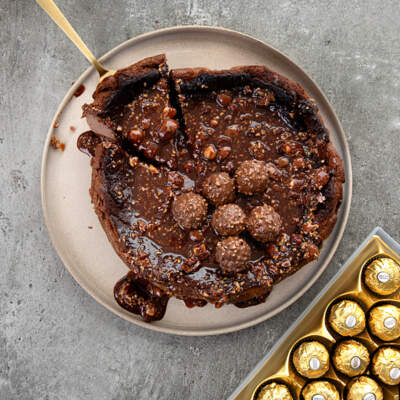
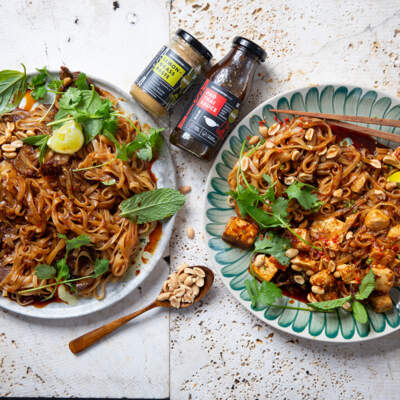
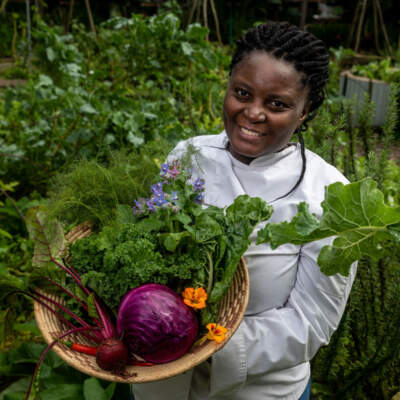
Comments